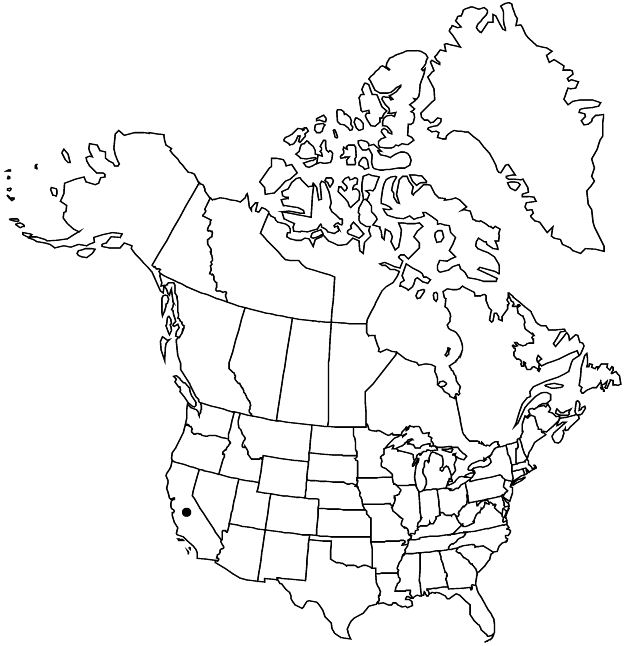Prunus fremontii
in W. H. Brewer et al., Bot. California 2: 442. 1880.
Shrubs, suckering unknown, much branched, 10–40 dm, thorny. Twigs with axillary end buds, glabrous. Leaves deciduous; petiole 1–7 mm, glabrous, eglandular; blade elliptic, ovate, or suborbiculate, 0.6–3 × 0.5–2 cm, base obtuse to rounded, subcordate, or truncate, margins obscurely crenulate, crenulate-serrulate, or serrate, teeth blunt, glandular, apex usually obtuse to rounded, sometimes emarginate, surfaces glabrous. Inflorescences 1–3-flowered, umbellate fascicles. Pedicels 2–12 mm, glabrous. Flowers blooming at leaf emergence; hypanthium campanulate, 2–4 mm, glabrous externally; sepals erect-spreading, semicircular to ovate, 1.2–4 mm, margins glandular-toothed, ciliate, abaxial surface glabrous, adaxial hairy; petals usually white, sometimes pinkish rose, elliptic, obovate, or suborbiculate, 3–10 mm; ovaries hairy. Drupes yellowish, ellipsoid-ovoid, 8–15 mm, densely puberulent; mesocarps leathery to dry (splitting); stones ovoid, ± flattened.
Phenology: Flowering Jan–Mar; fruiting Apr–Jun.
Habitat: Dry, sandy or rocky slopes, canyons, desert, chaparral, pinyon-juniper woodlands
Elevation: 200–1500 m
Distribution

Calif., Mexico (Baja California)
Discussion
Prunus fremontii is known only from the western edge of the Sonoran Desert.
Selected References
None.